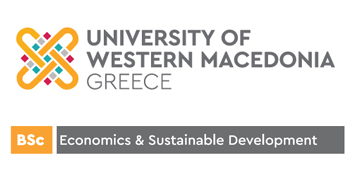Learning outcomes:
Introduction to Materials Science and Engineering, Atomic Structure and Bonding, Crystal and Amorphous Structure of Materials, Solidification and Crystalline Imperfections, Diffusion in Solids, Mechanical Properties of Metals, Phase Diagrams, Engineering Alloys, Polymeric Materials, Ceramics, Composite Materials, Corrosion, Electrical Properties of Materials, Optical Properties of Materials and Superconductivity, Magnetic Properties, Biological Materials and Biomaterials

